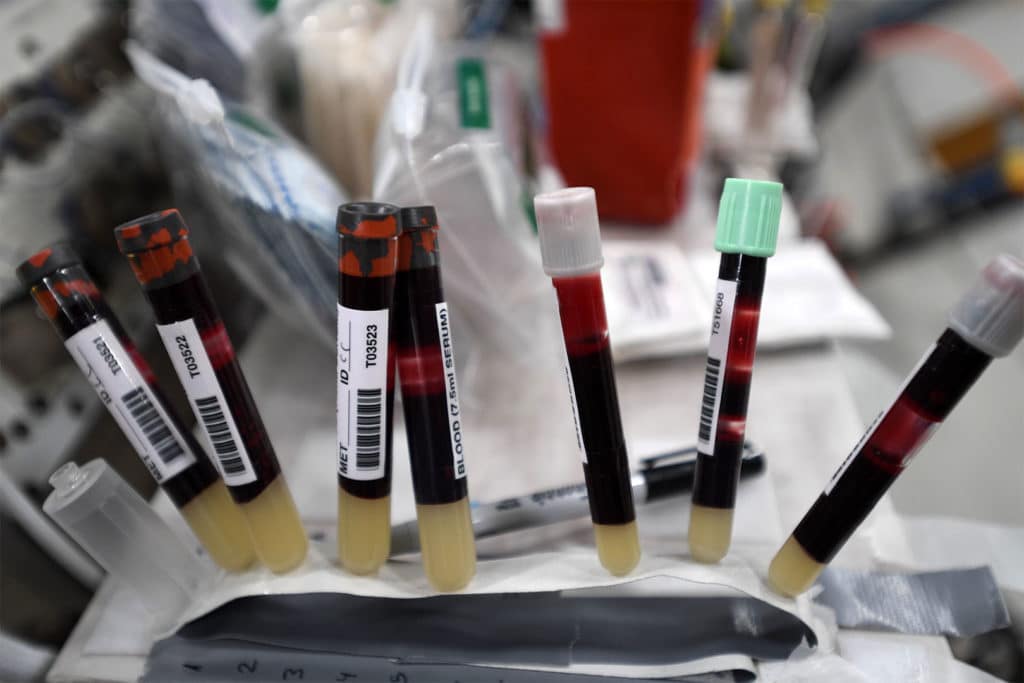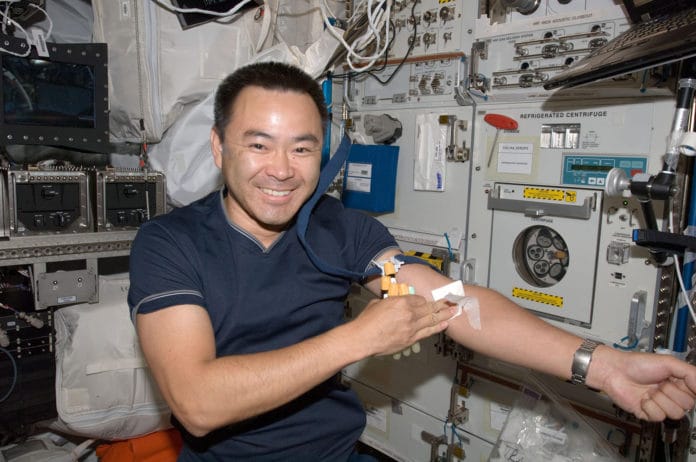For discoveries, astronauts traveling to the moon, Mars, and other space destinations are exposed to space radiation risk. To reduce and predict spaceflight hazards and protect astronauts from space radiation, NASA is using the International space station to predict space radiation exposure for future exploration missions.
The study is published in the Journal Nature-scientific Reports on results from the ISS Medical Monitoring study of International Space Station Astronauts. This study demonstrates the sensitivity of an individual astronaut’s DNA to radiation exposure on Earth to predict their DNA’s response during spaceflight by measuring changes to their chromosomes.
“We wanted to know if it is possible to detect and measure radiation exposure damage in the bodies of astronauts, and if there were differences based on age, sex, and other factors that could be measured before they go into space,” said senior scientist Honglu Wu from NASA’s Johnson Space Center in Houston. “We hope to use these measurements to help develop and compare methods of protecting astronauts from radiation.”
One of the three primary sources of space radiation is particles trapped in Earth’s magnetic field. The other two are particles shot into space during solar flares and galactic cosmic rays originating outside our solar system.
Various adverse effects on health due to radiation exposure include cancer risk, alterations to the central nervous system, other cardiovascular disorders, and adverse health effects.
We are safe on Earth from radiation because of Earth’s magnetic field and planet’s atmosphere.
On missions on lower earth orbit, astronauts are protected from some space radiation exposure by combining Earth’s magnetic field, spacecraft shielding, and limiting the astronaut’s time in space.
Credits: NASA
NASA’s Human Research Program seeks to conduct research in the field of medical countermeasures such as pharmaceuticals and early disease detection technology to help mitigate the consequences of space radiation exposure, especially for more extended missions. An important part of this is figuring out ways to estimate the sensitivity of astronauts to radiation prior to the flight and continually assess long-term health for the remainder of their lifetimes.
During exploration missions beyond Earth’s orbit, it may not be possible to provide the same level of protection from shielding or limit mission exposure time.
Chromosomes accumulate alterations with age resulting from normal bodily processes or exposure to environmental factors. Alterations to Chromosomes, which contain DNA building blocks of human bodies, can increase the risk of cancer and other diseases.
During the ISS Medical Monitoring experiment, researchers studied blood samples from 43 space station crew members to measure their levels of chromosome alterations from radiation and other factors before and after a mission. These alterations to chromosomes are observed in a very small percentage of individual cells within a person’s blood.
The study involved three key measurements. Before astronauts flew to the station, researchers examined their blood cells to assess their baseline chromosomal status against which any future alterations could be measured. Next, these blood samples were intentionally exposed to gamma-ray radiation on Earth to measure how easily their cells accumulated chromosomal changes. This measurement established each astronaut’s inherent sensitivity to radiation. Finally, after the astronauts returned from their missions, the study team again took blood samples from the individuals to assess their level of chromosomal alterations.

Wu and retired NASA statistician Alan Feiveson then compared each astronaut’s levels of post-flight alterations to their corresponding background levels established before launching into space. In addition, the investigators checked to see if any of this increase could also be explained by age, sex, or individual sensitivity.
“It was an intriguing challenge to develop a statistical method for analyzing all of the blood samples to see if an astronaut’s pre-flight levels of radiosensitivity actually plays a role in predicting their spaceflight-induced chromosome alterations,” said Feiveson
“The findings suggest that if older astronauts indeed have higher sensitivities to radiation, they might be at higher risk of chromosome alterations,” said Wu. “While experiencing chromosome alterations does not automatically mean someone will develop cancer, it does raise the question of whether they are at increased risk for it.”
Younger astronauts are thought to be more susceptible than older astronauts to the long-term health consequences resulting from space radiation exposure. This is partly because younger astronauts have more lifespan remaining and could live long enough to develop cancer from the radiation exposure; it usually takes five to 20 years or more after the radiation exposure for cancer to occur.
“When thinking about going to Mars, we typically have thought it might be better to send older astronauts because of their experience and lower risk of developing cancer in their lifetime,” said Wu. “Now, based on this new research, we know that we should study the age effects of radiation exposure more.”
Journal Reference
- Feiveson, A., George, K., Shavers, M. et al. Predicting chromosome damage in astronauts participating in international space station missions. Sci Rep 11, 5293 (2021). DOI: 10.1038/s41598-021-84242-5
